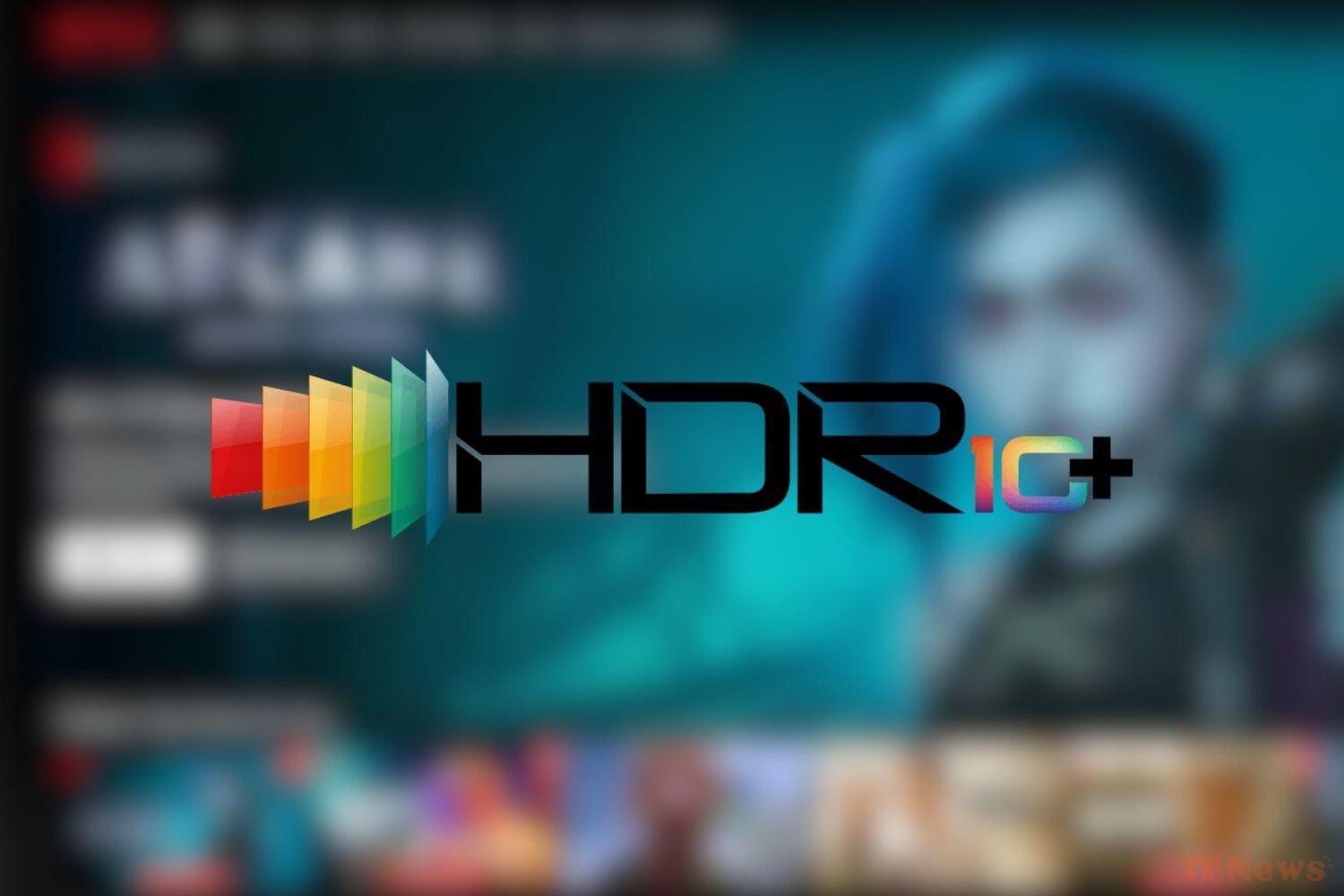Netflix is entering a new era, that of HDR10+. Ten years after adopting HDR for its series Marco Polo, the American platform wants to demonstrate its technical strength with a new format that promises more vivid colors, more detailed images, and increased realism. The envisioned HDR10+ is finally arriving in the range of formats offered by Netflix, provided you have the right subscription and the right equipment. Let's take a look.
What is HDR10+?
HDR is a type of format that allows for the representation of luminance levels higher than the 100 nites limit (a unit for evaluating light intensity) of the SDR standard. This format promised to overcome the limitations of standard videos based on CRT television standards. Specifically, HDR offers brighter highlights, more detailed, and more saturated colors. Blacks are also deeper.
For viewers, this often results in the disappearance of certain halos when a bright object appears in the dark. HDR10+, designed by Samsung in 2018, improves this rendering thanks to dynamic metadata. While HDR defines once and for all the maximum brightness levels of a content and the average brightness level, HDR10+ provides frame-by-frame statistics and thus allows for the optimization of tone mapping settings for each scene. The image will therefore be more faithful and vibrant over the episodes, especially when they oscillate between scenes bathed in light and interactions in the dark.
Because a picture is worth a thousand words, Netflix accompanies its promise with a photo representing the differences between HDR and HDR10+. While the flashlight (on the left) is represented by an overexposed luminous halo, the second (on the right) is more detailed to the point of seeing the three bulbs inside. Without this overexposure, we can more clearly see what is under the flashlight, namely a piece of paper whose details are more clearly visible. Concretely, dark scenes become more readable. At the same time, Netflix promises more moderate data consumption thanks to the record AV1 codec. This compression format is already used for mobile viewing and allows for savings on the bill at the end of the month.
For whom?
Starting this March, Netflix subscribers will be able to access a wealth of content in HDR10+. However, you will need to have the right subscription and the right equipment. First, only holders of a Premium subscription are eligible. For several years, the red N has used the quality of the content offered as an argument to promote its most expensive package. Standard and Standard with Ads subscription holders must make do with Full HD and HDR-free formats.
After that, only those with an AV1-compatible TV or a recent smartphone will be able to access HDR10+. While the codec has become the standard for many manufacturers, some older models may not support it. Netflix also encourages its customers to ensure that the option is enabled in the app settings. To do this, simply go to the "Get Help" menu and select "Video". From there, you'll need to enable HDR and resume playback to enjoy an improved experience.
Note that HDR10+ is not available on all content. Netflix claims that 50% of its HDR offering is already available in HDR10+. This represents no less than 5,000 hours of content for both series and films. The company has set itself the goal of offering an HDR10+ experience on all this eligible content within a year.
Netflix a pioneer?
When it adopted HDR ten years ago, the platform was a pioneer in the field. In fact, the company is also, and above all, the only one to evolve in the subscription streaming sector that it created. In 2025, Netflix is lagging behind since Prime Video and Apple TV+ already offer HDR10+ as part of their offerings. In both cases, it does not come at an additional cost.
Prime Video relies on the same technical specifications for both plans, the difference being only whether or not it includes ads, while Apple TV+ offers a single package. Disney+, which mimics Netflix when it comes to reserving the best quality for its Premium subscribers, is also preparing to introduce HDR10+. The race for technological prowess is on; it remains to be seen who will come out on top.



0 Comments